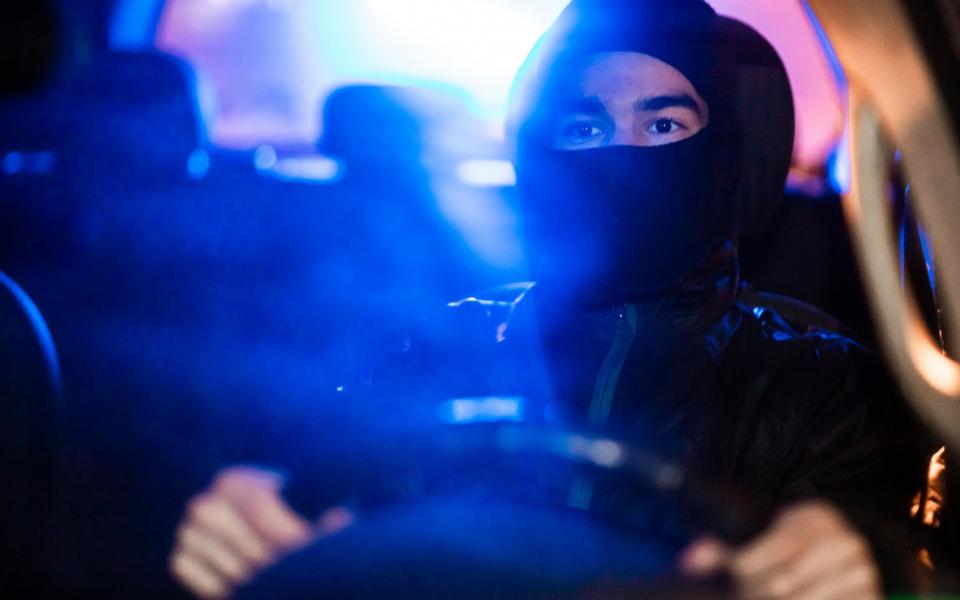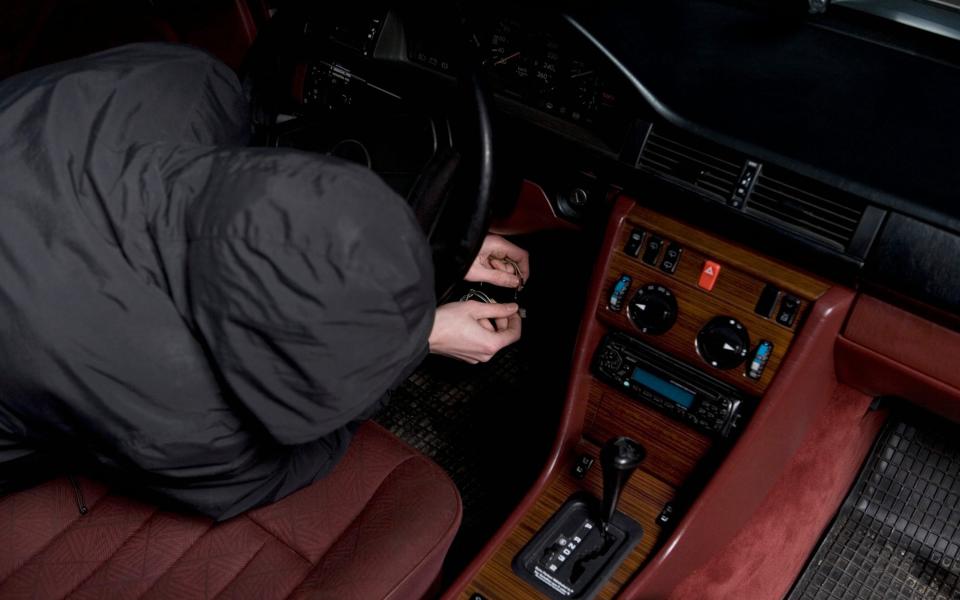Three quarters of theft victims will never see their cars again

The UK may no longer be a member of the EU but the latest European Union Serious and Organised Crime Threat Assessment (SOCTA) report, published every four years by Europol, offers a stark reminder of what western Europe is up against regarding car crime – and this includes the UK, although it’s not specified in the document.
Indeed, the report’s findings suggest that serious and organised crime has never posed as high a threat to the EU and its citizens as it does today. More than 5,000 Organised Crime Groups (OCG) operating on an international level are currently under investigation by the authorities in the 27 countries that make up the EU.
Responsible perhaps was the Covid-19 pandemic and the subsequent economic and social fallout, which ironically paved the way to create ideal conditions for organised crime to spread its wings and take hold in western Europe and beyond. The agility of criminal networks allowed them to adapt to and capitalise on changes in the environment in which they operate, so they were able to turn obstacles into criminal opportunities.

Today’s criminal network is run along business lines, with a composition of managers, field operatives and their minions surrounded by mainly working in drugs trafficking, which remains the largest criminal business in the EU.
A report from the European Union Agency for Criminal Justice Cooperation (Eurojust), however, has seen an increasing interest in all vehicle crime from European OCGs. This is particularly affecting the annual global automotive aftermarket for replacement parts and accessories, currently valued at $390 billion dollars.
Fakes and corruption
The SOCTA assessment suggests that 7% of all seized goods today are fake car parts – which are clearly posing a growing security risk for road users, leading to deadly accidents and serious bodily harm. Worryingly, those responsible for the production of fake parts are said to treat this crime as simply a high-profit/low-risk and victimless one.
Examples of these counterfeit products include inferior quality airbags which do not deploy, body and structural parts with ineffective crumple zones, brake pads that have been found to be made of grass clippings and sawdust and non-genuine engines and drivetrains.
Other examples include spark plugs that overheat and catch fire, oil filters that can cause sudden engine failure, suspension parts made of substandard materials leading to higher rates of failure and wheels that exhibit a compromised structural integrity. In addition, there are tyres with abnormal tread wear and cracking/bulging/blistering sidewalls.
The EU threat assessment warns that almost 60% of their criminal networks are now reportedly engaged in corruption.
The OCGs produce and launder billions of euros annually, the scale and complexity of which has previously been underestimated. Indeed, professional money launderers have now established a parallel underground financial system that infiltrates and undermines many of Europe’s economies and societies.
Their legal business structures are used to facilitate all types of criminal activity with an impact on the EU as a whole. More than 80% of the criminal networks currently active in the EU use legal business structures to hide their activities.
Threat of violence
The use of violence by those involved in serious and organised crime has increased in both frequency and severity. The threat from violent incidents has become more frequent, as is the use of firearms or explosives in public spaces.
Criminal enterprises now exploit encrypted communications to network online using social media and other instant messaging services to reach a larger audience to advertise illegal goods, or to spread disinformation.

While domestic and business burglaries, pickpocketing and ATM attacks remain the most common forms of organised property crime used by cross-border criminal groups, motor vehicle crime is highly visible and has the potential to cause widespread feelings of insecurity.
Crimes in this category are often committed in Western Europe by highly mobile organised crime groups that often exploit inferior criminal groups to create networks of contacts, anchor points and logistical support in order to carry out a significant number of offences in a region over a short period of time before moving on.
How the UK is affected
Organised vehicle crime in the UK is often investigated in isolation at a local level. Useful analysis is not allowed to circulate nationally, making these crimes harder to understand, detect and solve. Indeed many such cases are still classified as “petty criminality”, without recognising the organised crime aspect.
A huge reduction in the amount of stolen vehicles recovered in many EU countries in the last few years indicates a shift from individual offenders to the more professional organised vehicle crime groups. These groups have established clients based in destination countries, often requiring specific vehicles delivered either complete or in a stripped condition. In other words, desirable vehicles are stolen to order.
While the findings of the SOCTA 2021 report relied heavily on its own intelligence, often from member states, gratifyingly it also utilised and exchanged information from countries outside the EU which have working arrangements with Europol. This includes the UK.
The request for more support to be given to the police to tackle the organised vehicle gangs that operate freely in the UK has become a mantra of officers with day-to-day contact with vehicle-based crime.
The UK lost 105,512 vehicles in 2021, which is still not acceptable for a relatively small island, but it’s the fact that to date only 29,543 of them have been recovered (28% - Home Office) that has given credibility to the EU report.
Insurance companies now suggest the average cost per vehicle has risen from £10,000 in 2006 to £20,000 in 2021.

For comparison, Italy lost 166,075 vehicles last year, France lost 173,010 and Holland recorded 85,700 incidents of vehicle theft. Each also reported fairly similar recovery rates to that of the UK.
Elsewhere in the world, the USA’s National Insurance Crime Bureau stated that America had suffered the loss of half a million vehicles, together worth $4.5 billion dollars, to car thieves in only the first six months of 2022. Current figures suggest that the unwelcome record of one million cars stolen in one year, valued at 1 billion dollars, is likely.
Clearly the SOCTA assessment reports on the movements of all organised crime gangs, but while in the past vehicle crime has been seen as a day-to-day offence evidence now shows they are taking a much firmer grip on the lucrative stolen vehicle market and affording it a higher priority in their criminal enterprises.
Fall in vehicles recovered
If more proof were needed of these gangs’ involvement in vehicle crime in the UK, then the 51% increase in motorcycle theft at the end of 2022 (estimated total of 25,212) from the previous year, together with a fall in stolen recoveries to only 37%, clearly supports the change in dynamics of vehicle crime in general.
The above statistics, which were obtained from Freedom of Information requests sent to UK police forces, showed 10 of them experienced an increase greater than 100% since 2021.
Sadly, the chances of our determined police services finding many of these stolen vehicles and reuniting them with their owners have diminished considerably.
Distressed theft victims who discovered that the police have ceased investigations after only 24 hours have turned on their insurance companies to vent their distress, inconvenience and financial loss, particularly angry at the frustrating disconnect they perceive between police and their insurer.
Despite the UK’s National Police Chief Council’s encouraging pledge to work closely with car manufacturers and help them design out crime by sharing intelligence and equipment seized from criminals, the devil is in the detail – or in this case the statistics.

